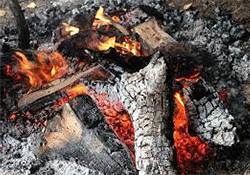Home gardeners often ask whether they can utilize wood ash as a fertilizer in vegetable gardens and flowerbeds. Wood ash contains important nutrients and can also be used to adjust soil pH. However, it's crucial that the wood ash comes from a suitable source, and its application should be guided by recommendations from soil fertility testing conducted by a professional laboratory like the UW Soil and Forage Lab.
Other Topics You Might Like
Helpful Products You Might Like
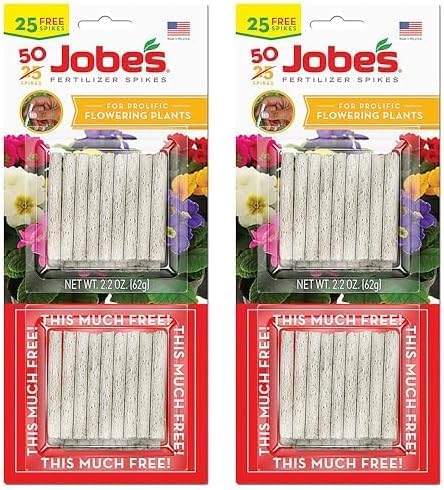
Jobe’s Plant Food Fertilizer Spikes For Plant Care

XLUX Soil Moisture Meter Plant Water Monitor
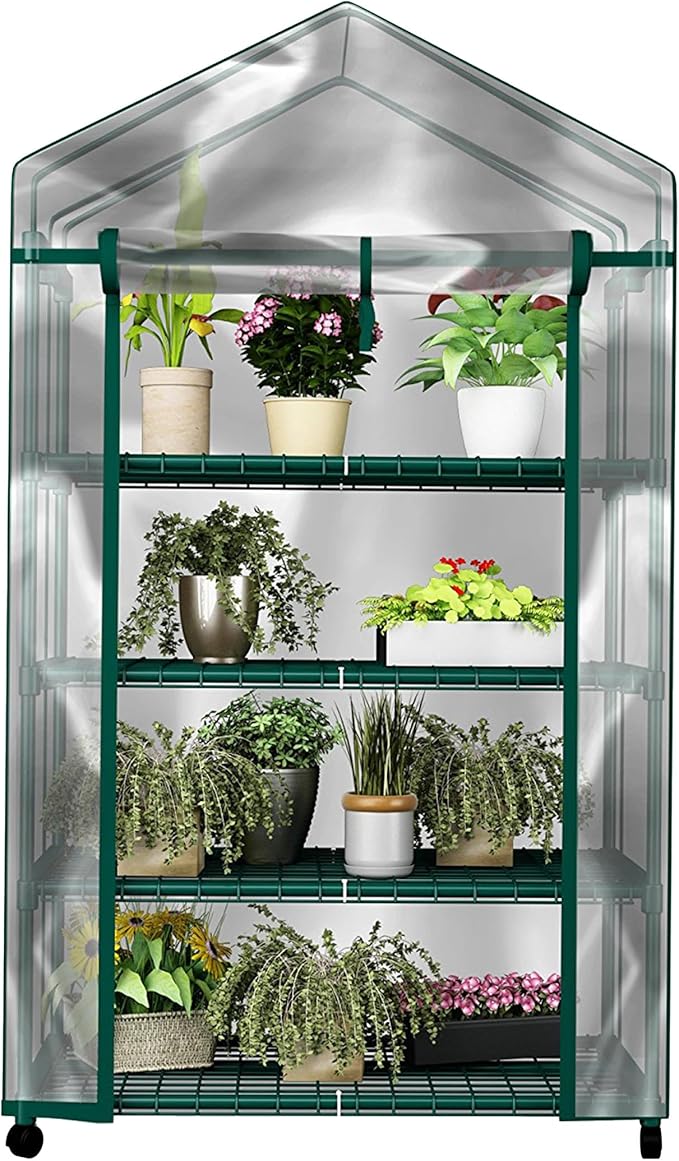
4 Tier Mini Greenhouse with Locking Wheels
"(Paid Links)" 
What's in Wood Ash
Wood ash contains many plant nutrients, including potassium, phosphorus, calcium, and magnesium, as well as other minor nutrients.
The amount of the various nutrients in your wood ash depends on the wood you're burning.
The other thing to know is that wood ash is alkaline. In the same way that lime is used to make soil less acidic, wood ash can also do this.
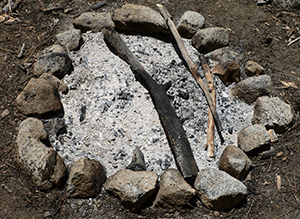
Using Wood Ash in the Garden
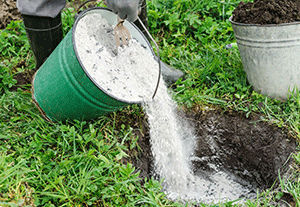
Ash has two uses in the garden
Whether wood ash benefits your garden depends on soil nutrient levels and pH.
When soil is too acidic or alkaline, some nutrients get "locked up." The nutrients might be in the soil—but unavailable to plants. That means:
That's why you might come across the advice not to use wood ashes on soils with a pH over 6.5.
What are the benefits of using wood ash?
Wood ash is a treasure trove of nutrients that can help promote plant development. The most prevalent plant nutrient in wood ash is calcium, which can make up 20% or more of the material.Another typical component of wood ash found in amounts of up to 5% is potassium, often known as potash. In wood ash, sulfur, phosphorus, and magnesium are also commonly present in up to 2% quantities. Lastly, aluminium, manganese, zinc, traces of iron, boron, and other nutrients that plant require are found in wood ash, making it a diverse and valuable resource for gardening and agriculture.
What are the cons of using wood ash?
Even the best wood ash can occasionally contain heavy metals like lead and cadmium. However, you can lower the metal concentration by carefully selecting the wood that is burned to create the ash. Furthermore, adding wood ash tends to increase the pH of the soil, which lowers the likelihood that plants may take up heavy metals. If used at the specified rates, the quantities of heavy metals in wood ash should be low enough not to endanger plants, animals, or people who consume plants growing in treated areas. Consider conducting a heavy metal test on your wood ash before using it if you are worried about the presence of these elements.
